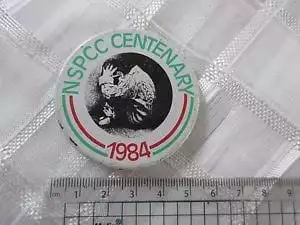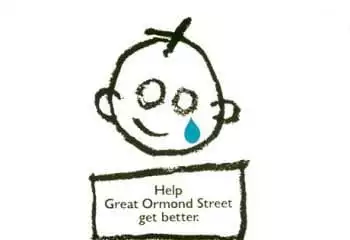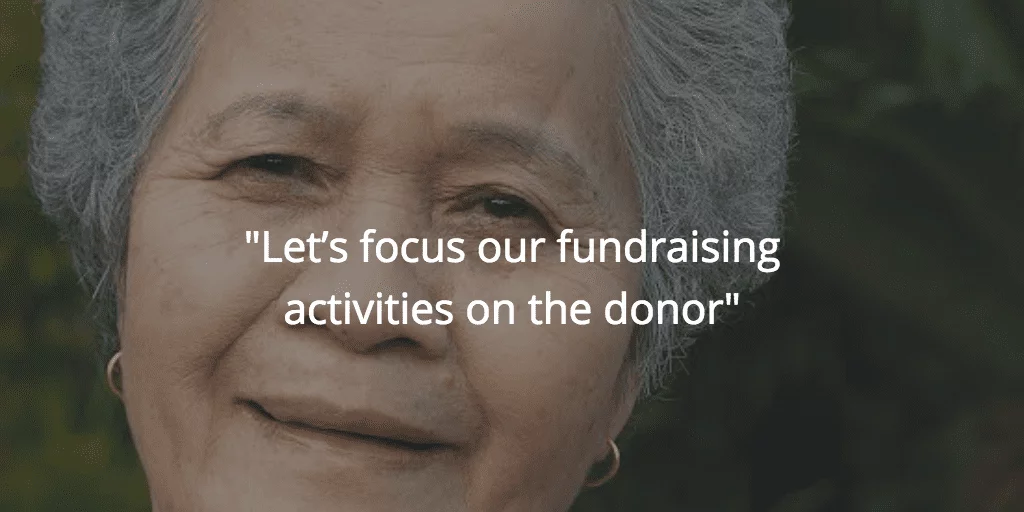What’s the best way to grow your fundraising?
Has short term thinking eclipsed the classic major appeal?
Is it time to reconsider the major appeal as a vehicle both for raising significant additional income and also transforming a charity’s core fundraising?
In this blog post, after some background, I explore three things:
Advertisement
- The misconception that a major appeal requires a capital project. It doesn’t. It can be a well-packaged articulation of core expenditure.
- The fact that a major appeal requires planning and a time horizon of several years.
- How a major appeal is not just about getting new cash, but transforming core fundraising for the long term.
It is all rooted in fact, not just theory, and certainly not speculation.
Background

Major/capital appeals have existed for at least 3,000 years (SOFII). The appeal for the re-building of Troyes Cathedral around the time of the battle of Agincourt is well-documented. The principles are totally relevant to today, and we have learnt a lot that adds to them.
The NSPCC’s Centenary Appeal. raised more money than any appeal before it, and was high profile. Marion Allford’s Wishing Well Appeal for Great Ormond Street Children’s Hospital built on it, and considerably eclipsed it. Most people over 40 will have heard of the Wishing Well Appeal.
The NSPCC’s Full Stop Appeal, launched nearly 20 years ago, raised a sum, £274,000,000 that has never been equalled, let alone bettered, and which was for core costs, not one-off, capital, costs. And had almost universal recognition at the time.
These high profile appeals generated huge awareness amongst the general public but with a focus on a relatively small number of large gifts from inspired donors. These appeals not only raised significant sums of money, well beyond core income, but also transformed each charity’s core income.
They were big, relative to the charity’s starting point.
The principles apply to charities of any size. Indeed, in many respects, smaller charities have a very considerable advantage. The principles behind them are totally relevant to today. A charity raising £1m p.a., provided it does some good work, could readily aspire to a £5m appeal, and use it as a platform for significantly increasing core income.
Maybe it’s me, but I haven’t seen such public major appeals recently. Are we missing a trick?
Today, there are some great ‘Appeals’.
CRUK’s Race for Life, the Macmillan coffee morning, Marie Curie’s daffodil day, and Poppy Day etc. have achieved phenomenal success in mass fundraising. Highly visible, old fashioned ‘appeals’, using volunteers and with modern thinking.
Truly brilliant. Last poppy day I gave nine times because I was so inspired by the volunteers. This is ‘old fashioned’ fundraising, re-born.
But they are quite different from the kind of appeals I am writing about. And there is no question of ‘either/or’. They are quite different.
(Indeed, one day quite soon someone will have the nerve and ambition to combine them.)
What is a major appeal?
A major appeal, in the classic sense, has a number of qualities.
1) It needs to have vision and aspiration, something that will appeal to significant philanthropists, individual donors, and trusts and companies, as well as the donating public.
2) An appeal board that ‘owns’ the target and take responsibility for raising it. This is critical and takes time and skill. I have seen too many appeals where the Appeal Board see themselves as supporting the staff; rather than the staff supporting the volunteers.
3) This has implications for the financial contributions of the Chair, and other key volunteers. These may take months to cultivate. At the end the volunteer must feel great and inspired by what they have helped achieve. Not feel bad that they have had their arms twisted.
4) Creating this takes time and can’t be rushed by those that want ‘cash now’. It can take a year or more. Yet it is key. I’ll come back to this later.
5) Many fundraisers don’t like the idea of letting go of their own targets, and supporting volunteers to achieve theirs. You would have thought they would love it. But this cultural shift is one of the greatest hurdles to overcome when planning a major appeal.
6) A ‘case statement’, that clearly articulates the need, gives a specific solution that the charity is well-placed to deliver, and a specific amount of money required. This is essential. How it is achieved is very flexible.
Some fundraisers think it needs to be for a capital project. People talk about a ‘capital appeal’. This is wrong. It doesn’t. It requires a well-thought through articulation of work, most if not all of which may be already planned.
7) An aspirational target. Say five times existing annual core income. This will seem daunting to all. But also exciting.
8) A ‘contribution table’ which lists the number of contributions at different levels. The top contribution will probably be 10% of the total. And, most significantly, the table will be top-heavy. Maybe 80% of the total coming from no more than a relatively small number of large contributions.
9) This focuses the mind. Major prospects need to be identified, engaged, cultivated, and, in time, asked, ideally by someone who has already given at an appropriate level.
(If you are interested in the history of major appeals, I have scoured the internet and found what I know to be the most authoritative source, Redmond Mullin’s ‘Foundations for Fundraising.’ It is currently on sale on Amazon for £273. I would be happy to send it to you, as a colleague, on the strictest conditions of its return. gi***@*********am.com).
So major appeals are a no-brainer. Why are they less popular?
I put forward three possible reasons.
First, fundraisers think they must be for capital projects.
They really don’t. Both the NSPCC’s record-breaking appeals were a ‘re-packaging’ of planned work.
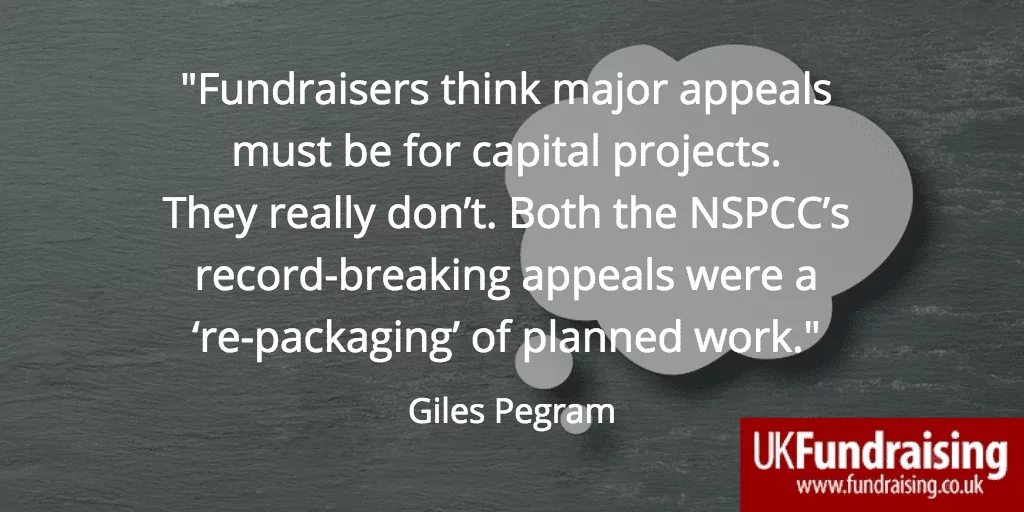
Secondly, and most important in my view.
Regular readers of my blogs will not be surprised in my saying this. Trustees, CEOs and SMTs spend far too much time focusing on the short term. They need, and want, income now.
A major appeal requires investment this year which may not be covered by income for three years and may not see the full impact for 5-10 years. Many fundraising directors will have been in post for less than three years, and not yet have the credibility to ask for investment in a project that might not break even for another three years.
I would suggest that in the last twenty years that long-term thinking has, in many cases, disappeared. This is sad.
It is also a challenge to be addressed.
I would urge a re-thinking.
Convince CEOs, SMTs and trustees to take a long-term view of where they want their charity to be, perhaps five years in the future. Surely this can’t be that hard?
I suggest this must be stimulated by the CEO. Push your fundraising director. Get him/her to have dinner with the CEO. Inspire him/her by what is possible, with donor support. And how that could increase the ability of the charity to deliver your mission. This, of course, is what comes first.
Get them inspired, and motivated.
Get them to ask how to achieve that?
Introduce the idea of a major appeal.
Then, tell them what the commitment that will involve. By them and by the whole charity. A successful major appeal cannot be organised by a small team in a corner. (Though I have seen several try it.)
One of the extraordinary things is that although a major appeal requires commitment, it requires very little risk. Particularly risk of money that may not see a return. The initial investment is relatively small.
They do involve hard work. Recruiting an Appeal Board that owns the target.
Putting in place the staffing structure to support them, changing the internal culture. And the relationship between the trustees and the Appeal Board.
Trustees: “Why is this so slow? When will we see results?”
Appeal Board: “What are the trustees doing to help? Where are their contacts?”
A major drain on the time of both the appeal director and the fundraising director?
No, not a drain; an essential part of making a major appeal successful. All fundraising involves hard work.
This requires hard work of a different type. And, for me, much more rewarding.
So much time over the last three years has focused on responding to the terrible fundraising by some charities in 2015. What not to do. Legislation, regulation, compliance, standards and sanctions.
The Commission on the Donor Experience has focused on what to do. Better. To enhance the experience of the donor in that context. So, let’s focus our fundraising activities on the donor.
A major appeal does just that. It is not based on mass-communication, where you expect less than two per cent of recipients to respond. It is based on volunteers who are so committed to what you are trying to achieve that they become donors.
And then, through the skills of fundraisers, engage their friends and networks. And so on.

As Richard Turner would say: ‘donors as a channel’. So right. Donors and volunteers inspire new volunteers and donors
Thirdly, at the end of the Appeal, you have new volunteers, new donors and new ways of working which could provide the platform for transformational future growth in core income.
Look at NSPCC’s income before, during and after its two major appeals. (Sorry if you’ve seen them before. But they are worthy of repetition.) These are facts, not projections. And this can’t be coincidence.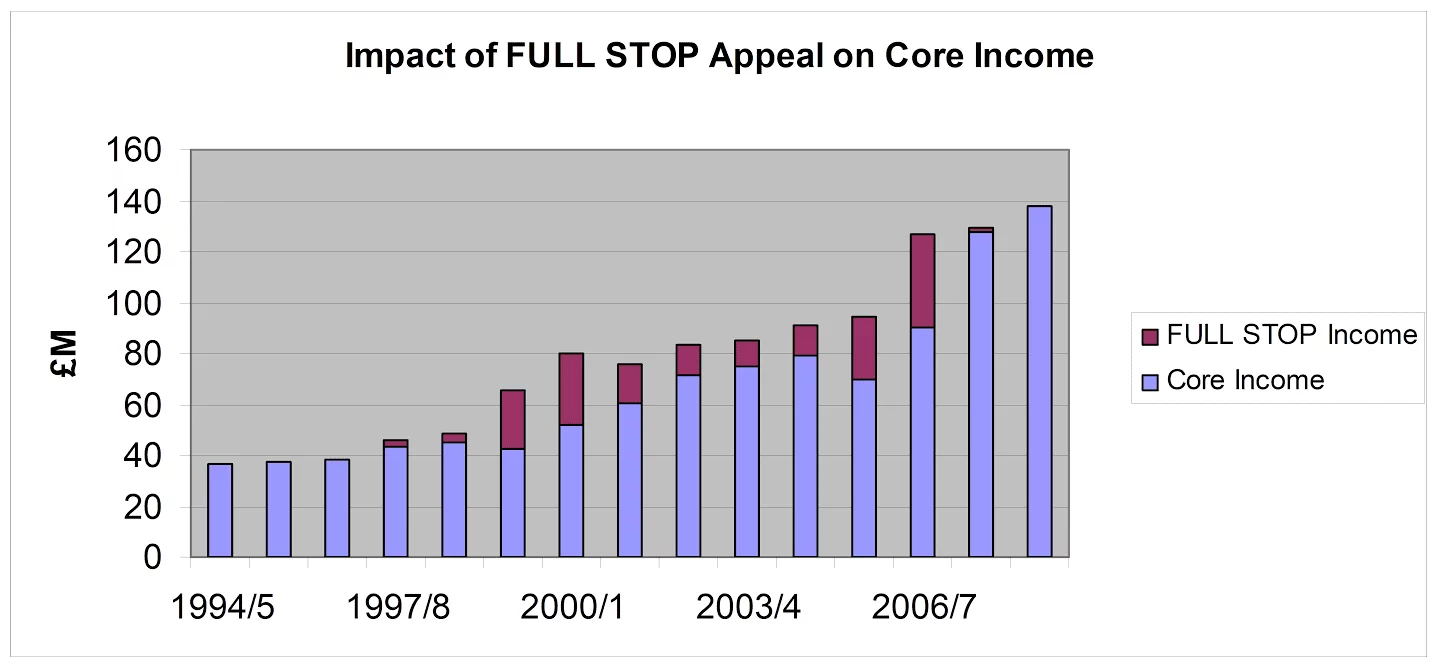
Each of the charts shows modest growth in income during the years leading up to the appeal. Then significant growth in core income during the appeal. And that growth continuing after the appeal until the appeal itself becomes almost insignificant in terms of the increased core income of the charity.
Donors will have been hard to reach, but they are now committed, both in time and money. They have invested in success. They want to be a part of seeing that success through. Having spent so much time, effort and indeed money engaging them (cold), why would you not want to continue to engage them (warm)?
Inevitably this will involve them giving more time and more money. Not because you have had to persuade them, but because they are inspired.
They haven’t given to make the problem go away. They have given because you have painted a picture of success. They will require you to be competent in how you have spent their money. And they will be happy to give more if more is needed. And, once successful, they will want to be part of the on-going need for funds. They have become investors.
Re-think. For now and for five years’ time. For you and your competitors.
Transformational Fundraising blog post on UK Fundraising
My website on major appeals. How I might help?
Giles Pegram CBE
Consultant
© Giles Pegram CBE December 2017




